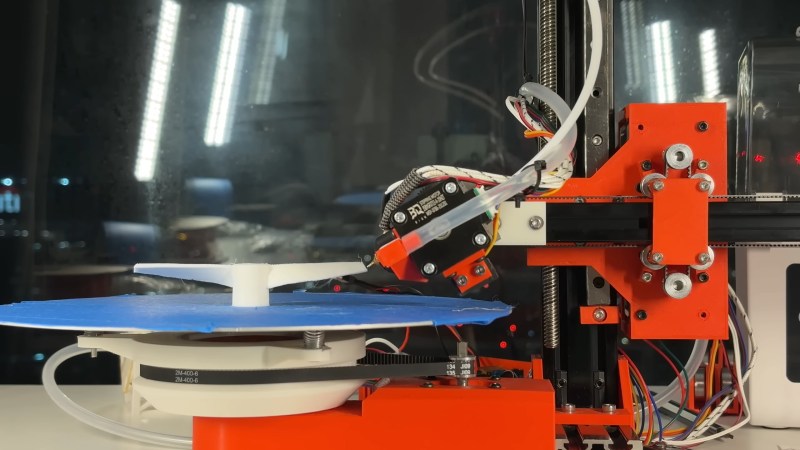Source: OSNews
Article note: This is one of those slow-roll dumb scenarios that everyone has to know is a bad idea but the various technical and market stake-holders (...probably meaning people invested in the security/vendor control model and PC vendors looking to obsolete-and-sell-replacements for entirely adequate hardware) have made it impossible to get off the bus. If we thought the incredibly slow transition off XP because of misfeatures and hardware requirements was ridiculous, 10 is going to hang around _forever_.
If you were secretly hoping Microsoft would lower the system requirements for Windows 11 so you could upgrade your or your family’s Windows 10 machines to Windows 11, you’re going to be in for some bad news. In a blog post, Microsoft detailed that its most stringent Windows 11 requirement – the Trusted Platform Module (TPM) 2.0 – is here to stay and crucial to the future of Windows.
By instituting TPM 2.0 as a non-negotiable standard for the future of Windows, we elevate the security benchmark. It allows you and us to better align with the growing need for formidable data protection in the modern digital sphere.
[…]
In conclusion, TPM 2.0 is not just a recommendation—it’s a necessity for maintaining a secure and future-proof IT environment with Windows 11. And it’s an important part of the larger Zero Trust strategy, alongside Secure Boot, Credential Guard, and Windows Hello for Business.
↫ Steven Hosking at the Windows IT Pro Blog
So no, if you had the hope Microsoft would lower Windows 11’s system requirements in the face of the oncoming end of support deadline for the 60% of Windows users still using Windows 10, your hope has just been dashed. A more likely outcome here is that as the deadline grows closer, Microsoft will extend the deadline by another year, and if needed another, because leaving 60% of users without security updates and little to no path to upgrade is not going to be a good look for the marketing and legal departments.
If you really do want to upgrade to Windows 11, there’s a few options. There’s the enterprise-focused Windows 11 LTSC 2024 release, which does not require a TPM 2.0, regarding it as an optional feature instead. On top of that, LTSC is much more bare-bones, shipping without much of the stuff many of us more nerdy users aren’t interested in anyway. The big downside is that getting your hands on a legal copy of LTSC will be difficult, as it’s only available to volume licensing customers, which you most likely are not. Of course, you shouldn’t give a shit about Microsoft’s rules, so you can always use unapproved methods of getting a license.
Another option is the one I took for my parts-bin Windows 11 PC which I only use for League of Legends: I bought a cheap TPM 2.0 module from eBay, slotted it into my motherboard, and was on my merry way. Due to League of Legends’ required rootkit, a TPM 2.0 module is needed, so a few euros and days waiting later, I was ready to go. Do make sure you get the right type of TPM 2.0 module for your motherboard, as they’re not universally compatible.
The final option is to use one of the few remaining ways to circumvent Windows 11’s system requirements, which are sadly dwindling with every major update. Right now that means using a tool like Flyby11, which uses the Windows Server installer to bypass Windows 11’s system requirements. We’ll have to wait and see for how long that trick remains possible.


